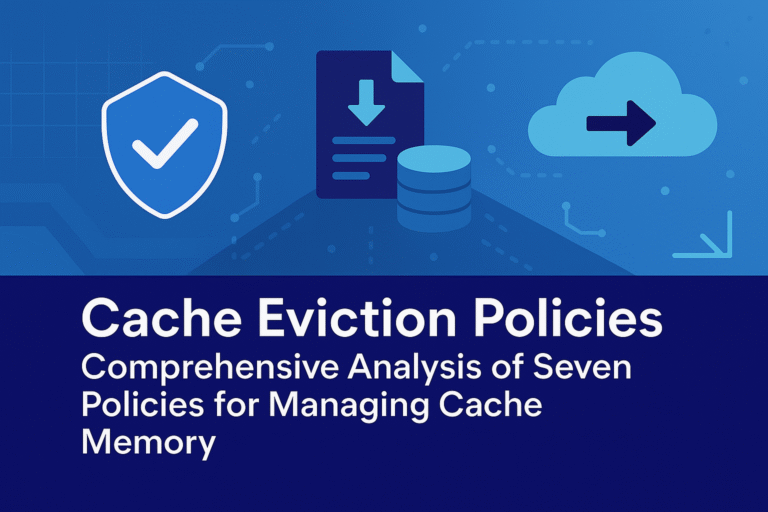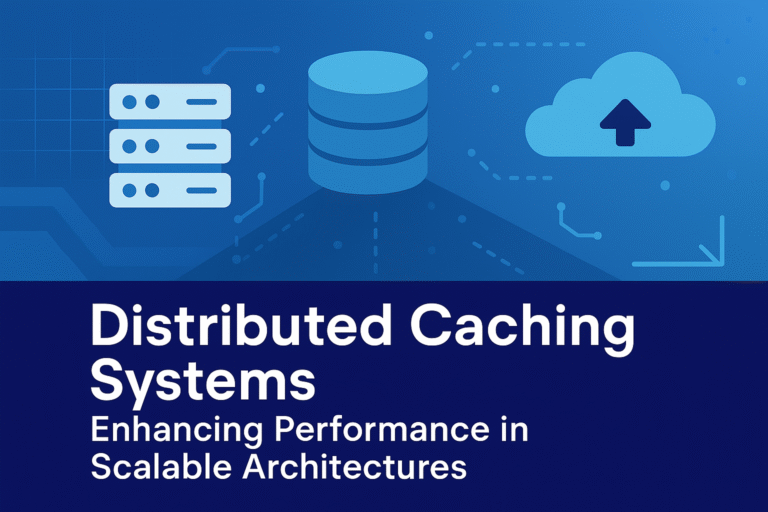Understanding and Reducing Latency: A Detailed Analysis of Causes and Techniques to Minimize Latency in Systems

Introduction Latency, the time delay between a request and its response, is a critical performance metric in modern distributed systems, directly impacting user experience, system throughput, and scalability. High latency can degrade application performance, leading to user dissatisfaction (e.g., 100ms…








